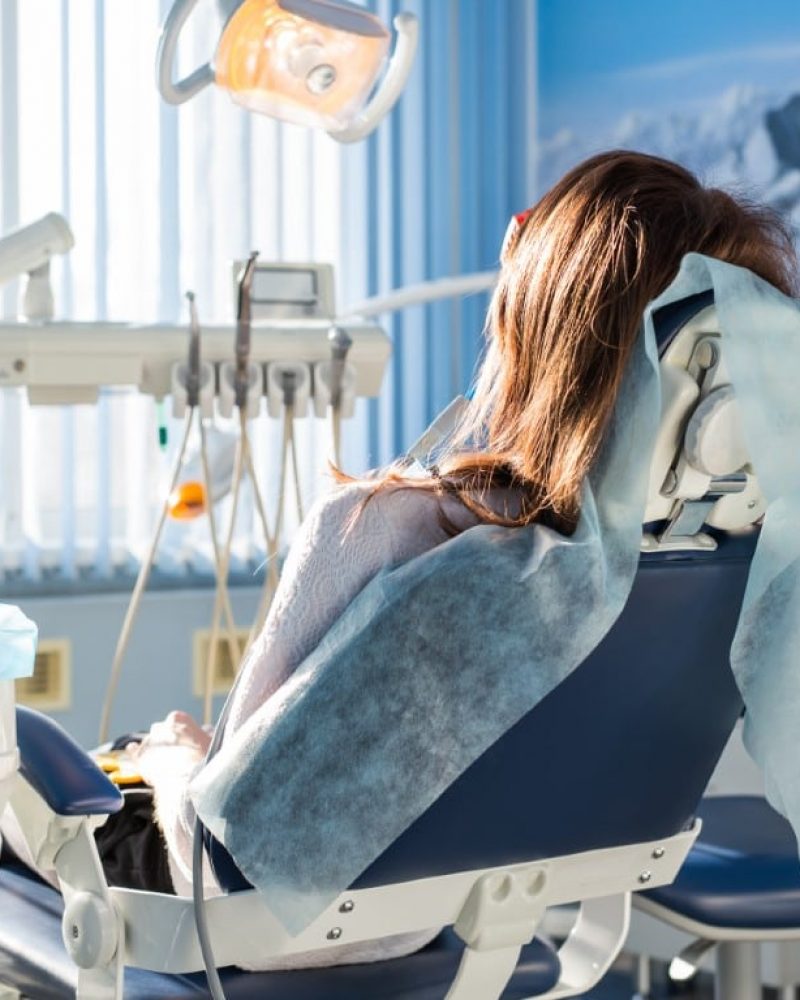
Does the idea of a visit to the dentist create tension and anxiety for you? Relax. For patients who “stress” about a trip to the dentist, sedation dentistry may be the answer. Sedation can be used for anything from a simple cleaning to more involved dental procedures.
Sedation dentistry employs medication to help patients relax before and during dental procedures. Typically, most patients only require minimal sedation, but for those patients with a more severe phobia there is moderate sedation, deep sedation and general anaesthesia. Sedation medication can be inhaled with nitrous oxide, taken orally, given through IV or general anaesthesia administered by a professional anesthesiologist.
Sedation is ideal for people with a fear that may prevent them from seeing a dentist and those who have a low pain threshold, overly sensitive teeth, an acute gag reflex, or require a large amount of dental work performed. Sometimes children are given sedation if they’re afraid of the dentist’s chair or have difficulty following directions during a visit.
Most dentists can administer minimal sedation, with a growing number now providing moderate sedation. In Alberta, anaesthesia must be administered by a dental anesthesiologist. Sedation dentistry is generally safe when performed by an experienced dentist. To learn more about sedation dentistry, speak with your dentist or family doctor before treatment.
For patients who “stress” about a trip to the dentist, sedation dentistry may be the answer. Sedation can be used for anything from a simple cleaning to more involved dental procedures.